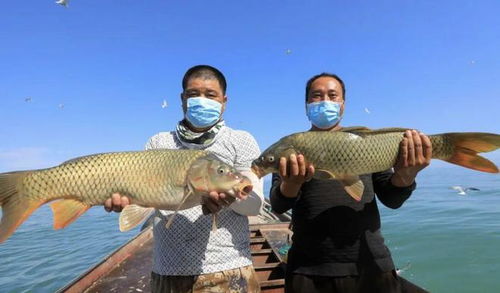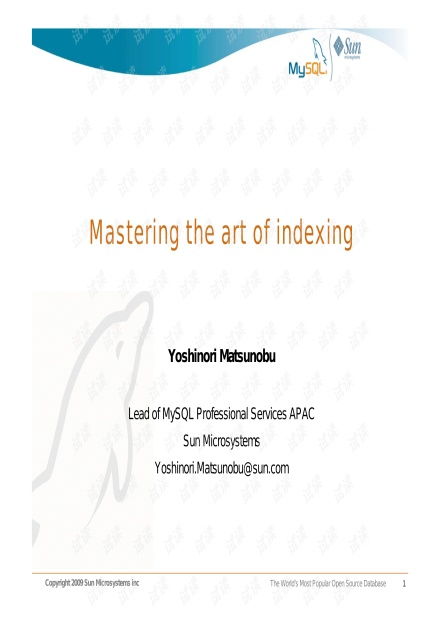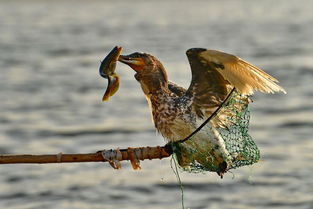Introduction:
Lure fishing for carp, also known as the "King of Fish," is a beloved pastime among anglers worldwide.鲤鱼, with their striking appearance and impressive size, are a prized catch for many. Whether you're a seasoned angler or a beginner looking to improve your skills, this article, brought to you by the fishing experts at 钓鱼王, will provide you with invaluable tips and tricks to help you become a鲤鱼的捕捞高手.
Understanding鲤鱼习性:
Before diving into the fishing techniques, it's crucial to understand the habits and preferences of carp.鲤鱼通常喜欢在清晨和傍晚时分活动,此时它们会离开深水区,游向岸边或浅水区域觅食,鲤鱼对食物的诱惑敏感,因此在选择诱饵和钓鱼技巧时,要充分考虑这一点。
Choosing the Right Equipment:
Rod and Reel: A medium-heavy to heavy-duty rod is ideal for catching carp, as they can be quite strong and pull. A spinning reel with a smooth drag system is recommended to handle the fight effectively.
Line: Use a line that can withstand the pressure of a strong carp. Monofilament lines are popular due to their flexibility and shock absorption properties. A line thickness of 10-15 pounds is usually sufficient.
Hooks: Carp have sharp teeth, so it's important to use strong, durable hooks. A size 6-8 hook is typically ideal for鲤鱼.
Lures and Baits: Natural baits like corn, worms, or bread are classic choices for carp. However, modern lures like soft plastics, spinnerbaits, and crankbaits can also be effective. Experiment with different colors and sizes to see what works best in your fishing spot.
Fishing Techniques:
Locating Carp: Start by identifying areas where carp are likely to be found. This can include shallow water, weed beds, or near structures like logs or rocks. Use a depth finder to help locate them.
Presenting the Bait: When presenting your bait, it's important to mimic the natural movements of fish. Carp are sensitive to vibrations and disturbances, so a gentle, steady approach is best. Cast your bait close to the fish and let it sink naturally before starting to retrieve it.
Retrieval Techniques: The retrieval technique can vary depending on the type of lure or bait you're using. For natural baits, a slow and steady retrieve is often effective. For lures, a combination of slow retrieves and occasional pauses can trigger strikes.
Setting the Hook: When a carp takes your bait, be patient. Let the fish take the bait completely into its mouth before setting the hook. A sudden pull can often cause the fish to spit out the bait.
Fighting the Fish: When the fish is on the line, fight it with a steady, controlled pressure. Avoid sudden movements, as this can spook the fish. Use a net to help land the fish gently.
Advanced Tips:
Weather Conditions: Carp are more active in cooler water temperatures, so early morning or late evening fishing can be more productive. Additionally, overcast days can be better than bright sunny days, as they provide more cover for the fish.

Water Quality: Carp prefer clean, well-oxygenated water. If the water quality is poor, the fish may be less active. Look for areas with good water flow or oxygenation.
Patience and Persistence: Carp fishing can be challenging, requiring patience and persistence. Don't get discouraged if you don't catch one on your first outing. Keep experimenting with different techniques and locations until you find what works best for you.
Conclusion:
Becoming a skilled carp angler requires practice, patience, and a deep understanding of the fish's habits. By following the expert tips provided by 钓鱼王, you'll be well on your way to mastering the art of鲤鱼捕捞. Remember to always respect the environment and the fish you're targeting, and enjoy the peaceful experience of fishing for the King of Fish. Happy fishing!












